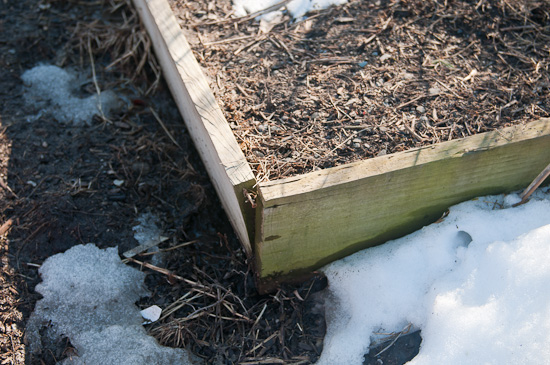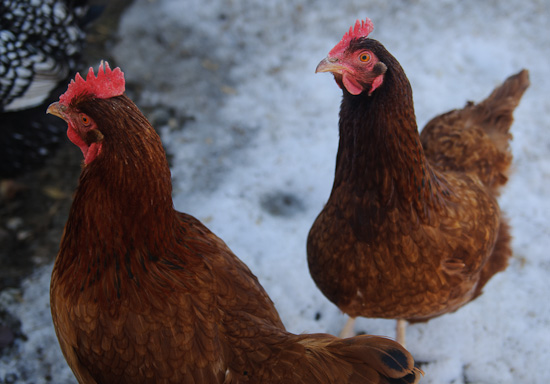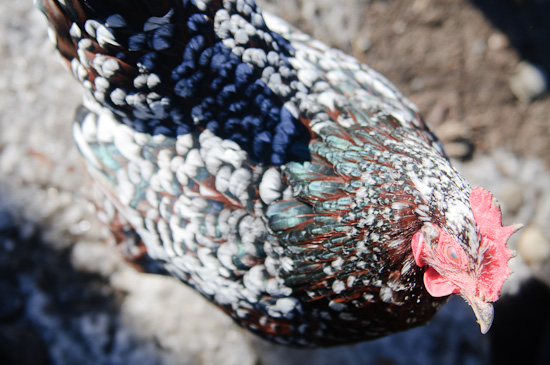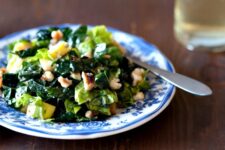Disclosure: This post is sponsored by Glad in conjunction with their #SAVEITSUNDAY program. With #SAVEITSUNDAY, Glad hopes to educate the public about the consequences of food waste, and I am proud they’ve asked me to be a part of the program. I am being compensated to share my #SAVEITSUNDAY experiences; all opinions are 100% my own.
As I mentioned back in my first #SAVEITSUNDAY post, the average American wastes $1500 worth of food each year. That’s right: $1500…quite a chunk of change to basically be tossing in the garbage.
Throughout my previous posts in this series, I’ve shared ways you can prepare and store food in order to cut down on food waste. My goal has been to help you decrease the amount of trash you are sending to landfills (food represents the single largest component of municipal solid waste reaching landfills, and food waste eventually converts to methane, a greenhouse gas implicated in global warming). The average American throws away 25% of the food they buy…we need to work to get this percentage down, and when we do, we’ll be saving more of our hand-earned cash.
As part of my compensation for blogging about the #SAVEITSUNDAY program, Glad recently sent me a $1500 educational grant. This money is meant to symbolize the $1500 that may be saved by each of us when we prepare and store our foods properly so they keep fresher longer. Glad asked me to share how I am going to be spending the money with you.
We moved to this house largely because of the property. Our previous home was on a small shaded lot and all of my vegetable gardening attempts were a disaster; I fell in love with the potential of the giant sunny yard we have here. I wanted plenty of space for our dogs and cats to roam, plus my husband and I fantasized about not just a big garden, but keeping chickens and bees, as well. Fast forward a few years and we’ve got the big garden (I wrote about how we built our garden here) and the chickens. (I did give the beekeeping a try, but my bees died. I am trying to decide if I should give it another go.) Now that we’ve been doing all this for a few years, we’ve got quite a few improvements we need to make at this point. So I’m going to put my $1500 toward making fixes to our garden and the area in which our chickens hang out, and I’ll also purchase plants (and possible fruit trees) for the garden. (Any money left over will be donated to our local food pantry.)
What needs fixing exactly? Well the winter has really taken its toll on just about everything, but our fencing has really suffered quite a lot. Between the deer and my animals, fencing is not optional here and ours is kind of a mess right now. We are also going to be opening up a bigger area in which the chickens can free range, and that will need to be fenced as well (because I don’t want my chickens to be vulnerable to predators).
In addition, I’ll be needing some new soil/compost to top off my raised beds (it always settles a lot over the winter), the mulch around my raised beds needs to be replaced (possibly with stones or something else…we haven’t had great luck with the mulch in terms of it being a weed barrier), and I need a bunch of new cages for veggies like tomatoes and cucumbers since the ones I was using previously are pretty worn out. As for plants, I don’t start my own seeds inside, so whatever veggies I cannot plant from seeds directly in the ground need to be purchased as starter plants. And finally, every year I try to add some edible perennials; I’d love to add some fruit trees to our garden, too, as I mentioned above.
So there you have the ways in which I am going to be using the $1500 that represents the money we can all save through protecting foods properly and thus reducing wasted food and money. I hope that you, too, are able to invest in growing your own food this year. (And if growing your own food is out, perhaps you can join a CSA or commit to visiting your local Farmer’s Market on a regular basis.) For more info on how to get a garden going, please check out the chapter in my book One Simple Change.
Some links to inspire you now that spring/gardening season is here:
Gardener’s Supply sells great stuff for vegetable gardening. I really like their tomato cages.
Joe Yonan on Urban Gardening
The Gardener’s Eden: so beautiful.
NW Edible Life: great blog with many articles on gardening and homesteading.
100 Dollars a Month: Mavis has numerous gardening tips on her blog.
A Way To Garden: organic gardening inspiration by Margaret Roach.
Some of My Favorite Seed Companies:
Hudson Valley Seed Library
Cook’s Garden
Seeds of Change
Seed Savers Exchange
Botanical Interests
Renee’s Garden
I have learned a ton about food waste from the book American Wasteland: How America Throws Away Nearly Half of Its Food (and What We Can Do About It). Author Jonathan Bloom also has a blog: Wasted Food. And Kristen from The Frugal Girl did a great interview with Jonathan that you can read here.










